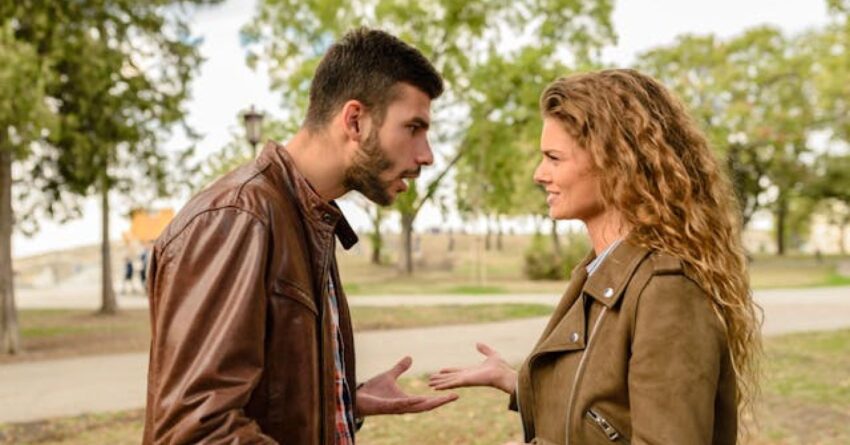We can never be quite clear whether we are referring to the world as it is or to the world as we see it.” — Gregory Bateson
Anger happens. In my mind, it is neither bad nor good, and it does not have to be one or the other. It is just a human emotion looking for an understandable context. It is confusing as Carol Tavris described in her classic book, Anger: The Misunderstood Emotion. Why is this so?
There is a famous phrase coined by Alfred Korzybski, “The map is not the territory.” He used this to explain how our imposed models of reality are different than the things we encounter. The implication for anger is there are very few one-size-fits-all solutions that work for everyone. However, when it is repetitively heard, i.e., ” Release your anger” or “anger is unacceptable,” these admonitions eventually become believed as absolute truth. This perpetuates a narrow view of anger and a need to defend oneself with some degree of aggression.

Displaying Anger
Photo by Vera Arsic from Pexels
We may and should, in many cases, use maps and words to orient ourselves: to drive on the correct side of the road; ethically live by some sense of a golden rule; and hike freely in the mountains.
However, we live in a maze of tension and paradoxes that tax our nervous system, producing fear and then anger. This occurs because no one-dimensional map conveys the nuances of the interconnected things we experience. A walk in the forest for instance includes, if we use our senses to the fullest, different critters affecting the soil or a falling branch nurturing its habitat. In other words, we have options when entering the world of context. This helps us understand how each interactive context is mutually interdependent with wider dynamic ones that make up this chosen forest and beyond. This is a source and solace for us humans to create perspective as to what may manifest in anger.
Anger as an emotion demonstrates how vulnerable we are to life’s inevitable contradictions. It is a process that has been evolving for as long as our species has existed. It has dealt with survival issues and easily defaults to historical adversarial means, especially when the sympathetic revved-up part of our nervous system is challenged.
If you are a snake, feeling trapped, you have three choices, aggressively bite, usually a fatal self-prophesy; do nothing and deal with unresolved consequences; or hiss, and increase your chances of resolution. The latter allows us a path to widen our lens, by “zooming in and out” creating new contexts to avoid triggering anger. It also allows for an eventual win-win mutual dialogue that encourages collaboration soothing our vagus nerve, the nerve that regulates our sense of security and compassion.
Any artist will admit that conflict is the grist for creativity and can be a source to temper one’s state of mind. Michelangelo for instance worked with dirty-looking slabs of granite to create his masterpieces. Strangely there is also humor in conflict, as demonstrated in professional “wrestling” or articulated by any stand-up comic. Humor however dissipates and turns to run away anger if solutions are not available.
We can rant or blame or join in a discussion of warm collaborative interaction. Do we have to look any further than contemporary situations of war, road rage, intense polarization, environmental havoc, or increasing relationship discord? There is no need or healthy purpose in minimizing past hurts or condoning injurious situations. The reality beyond the map is that we cannot change the past. We can, however, learn from it and use a win-win communication approach.
We are meant to mutually learn within our relationships and nature. When interaction evolves this way, improvisational dialogue occurs and the experience becomes as Nora Bateson believes, a process described as Sammathesy, which generates “… mutual learning contexts through the process of interaction between multiple variables in a living entity.” It encourages us to evolve as we were meant to and put our inevitable anger into perspective. Carol Travis believes that anger is an empathic call to “Pay attention to me. I do not like what you are doing. Restore my pride. You are in my way. Danger. Give me Justice. Anger is the human hiss.”
Here are some prompts to help you contextualize and further explore anger:
How would your life be different if you could assertively express your concerns during a tense moment?
How do you think another sees you when you have a disagreement or conflict with them?
How is it to be with you?
In what situations do you feel angry?
Can you remember addressing your anger when you were young?
How do you define anger?
Was anger expressed in your family of origin? If so, how?
Can you remember a time when conflict in your life was unresolved?
Using all your senses, describe what conflict means to you.
